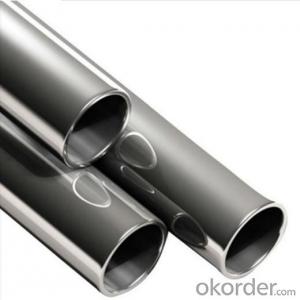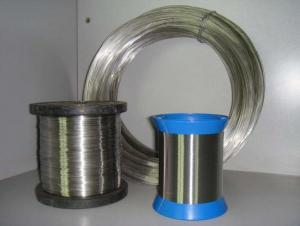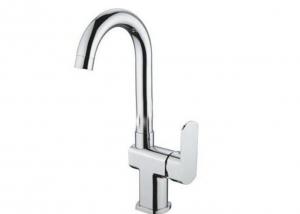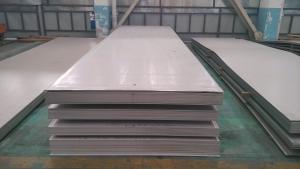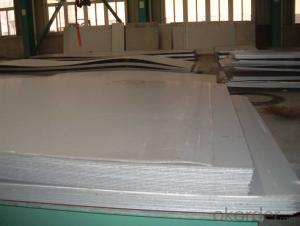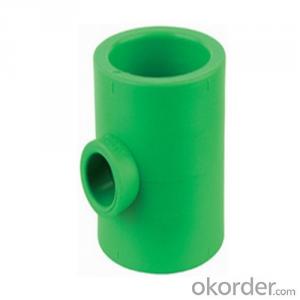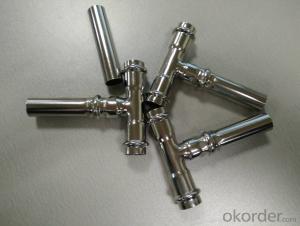Sus 304 Stainless Steel Faucet
Sus 304 Stainless Steel Faucet Related Searches
Sus304 Stainless Steel Faucet Sus 304 Stainless Steel Stainless Steel Faucet Faucet Stainless Steel Kitchen Stainless Steel Faucet Kitchen Faucet Stainless Steel Sus304 Stainless Steel Black Stainless Steel Faucet 304 Stainless Steel Tubing Black Stainless Steel Faucets Aisi 304 Stainless Steel Grade 304 Stainless Steel 304 Grade Stainless Steel Type 304 Stainless Steel 304 Stainless Steel Pipe T 304 Stainless Steel 304l Stainless Steel Shower Faucet Stainless Steel 303 Touchless Kitchen Sink Faucet T304 Stainless Steel 305 Stainless Steel Density Of Stainless Steel 304 304 Stainless Steel Rust 304 Stainless Steel Price Density Of 304 Stainless Steel Repair Kitchen Faucet 304 Stainless Steel Hardness Vessel Bathroom Faucet 302 Stainless SteelSus 304 Stainless Steel Faucet Supplier & Manufacturer from China
Sus 304 Stainless Steel Faucet is a high-quality and durable product that is widely recognized for its corrosion resistance and strength. These faucets are made from premium-grade stainless steel, ensuring that they can withstand the test of time and provide excellent performance in various environments. The application of Sus 304 Stainless Steel Faucet is extensive, as they are commonly used in residential and commercial settings such as kitchens, bathrooms, and public spaces. Their versatility makes them suitable for a wide range of usage scenarios, including food service establishments, hospitality industries, and even in industrial applications where water flow control is essential.Okorder.com is a reputable wholesale supplier of Sus 304 Stainless Steel Faucet, boasting a large inventory that caters to the diverse needs of customers worldwide. By offering a comprehensive selection of these faucets, Okorder.com ensures that clients can find the perfect fit for their specific requirements. With a strong commitment to customer satisfaction, Okorder.com provides competitive pricing, fast shipping, and exceptional service, making it a go-to destination for those in search of reliable Sus 304 Stainless Steel Faucet products.
Hot Products







